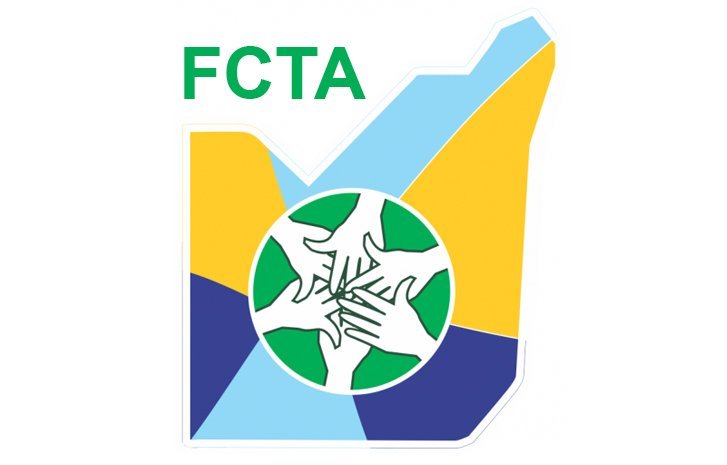Zygomatic Osteotomy surgery design software based on skull CT scans - Self-supervised algo reduces workload
Background: The morphology of the zygomatic complex significantly influences facial appearance, leading to a focus on zygomatic osteotomy. The current technique, the "L-shaped" zygomatic osteotomy, requires a small incision and preoperative osteotomy design for an osteotomy guide. However, the use of multiple software programs in the design process makes it time-consuming and clinically challenging.
Method: Artificial intelligence technology offers a solution by integrating digital medical technology into medicine. AI algorithms were developed based on point cloud models, using 2000 cases of three-dimensional CT data for training. Eighty CT data sets were randomly chosen for both AI and manual skull segmentation designs. The effectiveness, symmetry, safety, and aesthetic outcomes were compared.
Result: The AI zygomatic osteotomy showed superior performance in symmetry and aesthetics compared to manual zygomatic osteotomy. The complex structure of the zygomatic arch highlights the advantages of AI-driven osteotomy design, especially in intricate cases. Additionally, the AI osteotomy scheme demonstrated no compromise in safety indicators compared to the manual approach.
Conclusion: AI zygomatic osteotomy proves to be a safe and effective alternative to manual zygomatic osteotomy, showcasing enhanced symmetry and aesthetic outcomes. The efficiency and precision of AI-driven design in complex zygomatic osteotomies make it a promising advancement in this field.
Keywords: Artificial intelligence; CT big dataset; Surgical design.
Copyright © 2025. Published by Elsevier Ltd.
Conflict of interest statement The authors declare that they have no known competing financial interests or personal relationships that could have appeared to influence the work reported in this paper.











